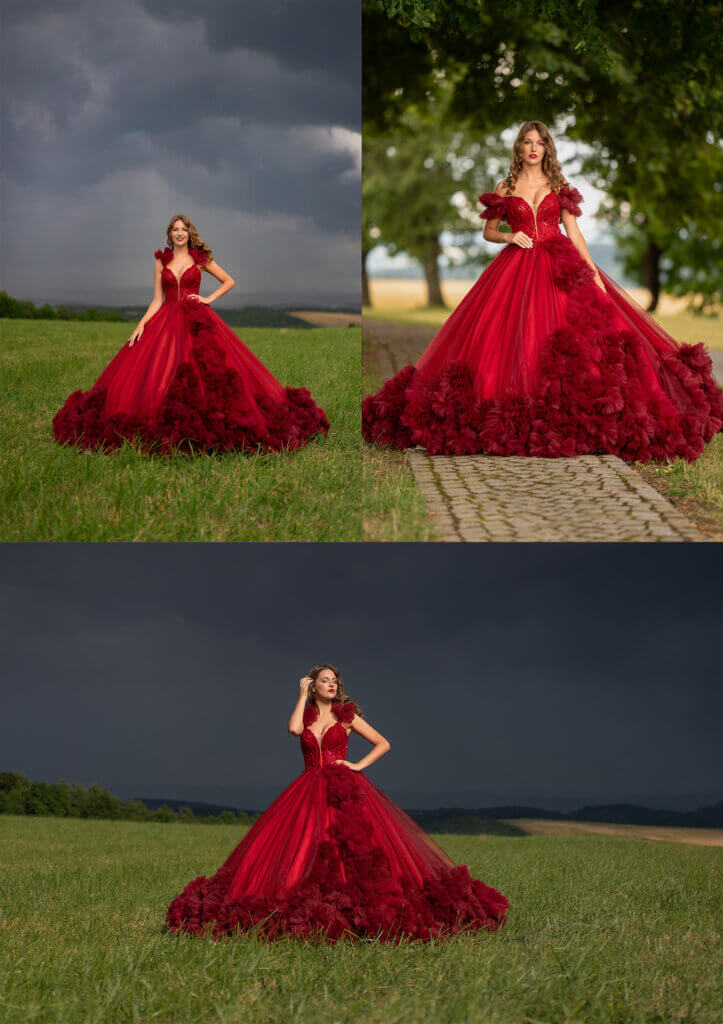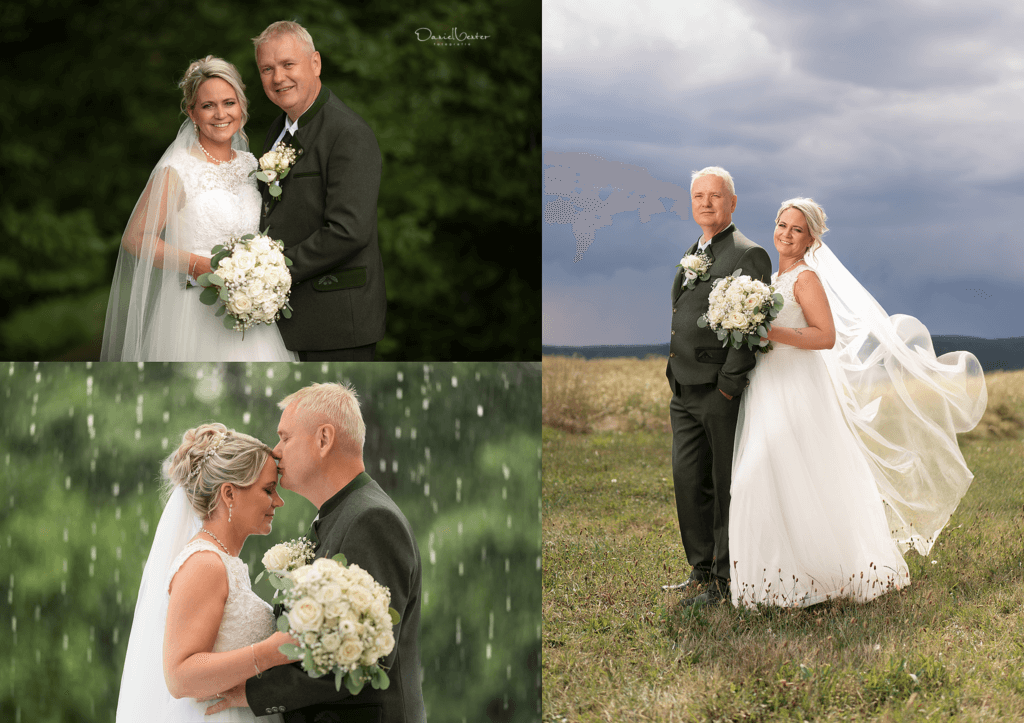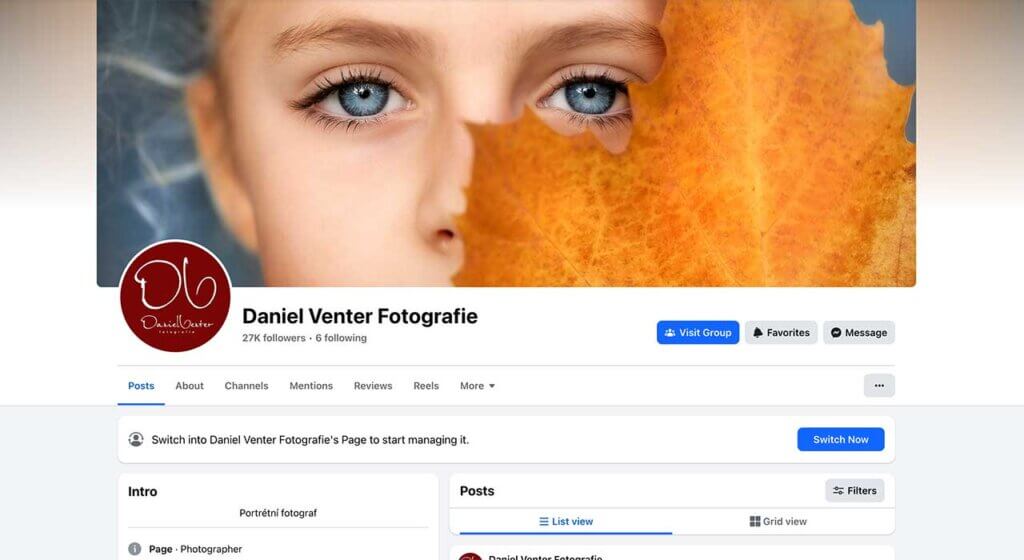The Art of Light and Lens Choice: Behind La Bohemia
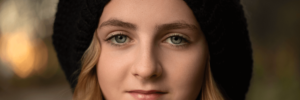
Introduction
In natural light portrait photography, technical perfection is important, but true magic happens when light, lens, and intuition align.
During the shoot for La Bohemia, I worked with two specialized lenses, minimal equipment, and a deep focus on natural connection and light control.
Here’s a full breakdown of how this session came together.
Gear: Two Lenses, Two Perspectives
For this portrait session, I used two lenses, each offering a distinct visual impact. I paired these lenses with my old trusted Nikon D750:
-
105mm f/2.8 Macro Lens
-
Exceptional for close detail and sharpness.
-
Allowed intimate framing while keeping natural proportions.
-
-
200mm f/2 Manual Focus Prime Lens
-
Delivered stunning subject compression.
-
Ultra-wide f/2 aperture created a dreamy background fall-off.
-
Manual focusing forced a slower, more intentional shooting pace.
-
Takeaway: Lens choice isn’t just about framing — it’s about how the background melts, how compression flatters the subject, and how depth feels in the final image.

Lighting in Natural Light Portrait Photography: From Flat to Directional Sculpting
The real star of this portrait is the control of natural light — not just finding it, but shaping it with intention.
-
Initial Setup:
The shoot began with Amy positioned in soft, open shade. While the light was gentle and flattering, it was too flat, lacking natural shadows and depth. -
Simple Shift:
I turned Amy slightly away from the primary light source (which was coming from camera right).
This small adjustment instantly introduced soft shadows on the far side of her face, creating a directional light pattern. -
Result:
By shaping the light directionally, I created subtle three-dimensionality, sculpting her features naturally without needing reflectors or flash. -
Catchlights:
Throughout this adjustment, I preserved catchlights in her eyes, maintaining a lively and engaging expression.
Takeaway: Sometimes, the most powerful lighting improvements come from the slightest subject adjustments, not from gear.

Camera Settings: Locking in Consistency
Throughout the session, I kept exposure settings consistent to maintain a cohesive look:
-
ISO: 320
-
Aperture:
-
f/2.8 with the 105mm Macro
-
f/2 with the 200mm Prime
-
-
Shutter Speed:
-
Adjusted as needed, especially after switching to the heavier 200mm lens to ensure sharpness.
-
Takeaway: Setting a consistent base exposure allows you to focus fully on light patterns, posing, and connection without constant technical distraction.
Composition and Posing: Flow, Not Force
Composition in La Bohemia was designed to feel natural and effortless:
-
Hand placement was carefully adjusted to create a gentle leading line guiding the viewer’s gaze toward the subject’s face.
-
Expression coaching emphasized natural relaxation, avoiding stiffness or forced smiles.
-
Framing was kept intimate but allowed enough negative space for the portrait to feel airy and timeless.
Takeaway: The most powerful portraits look effortless because they are shaped carefully but felt naturally.
Color Harmony: Setting the Mood Naturally
The color choices for this shoot played a crucial but understated role:
-
Warm tones from Amy’s hair and skin.
-
Desaturated background tones to create natural color contrast without needing heavy edits.
Takeaway: When shooting, always be mindful of natural color harmonies already present in the scene — it can dramatically reduce post-processing work.
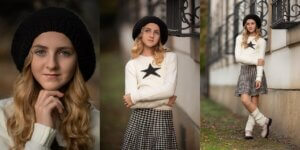
Post-Processing: Enhancing Without Overworking
Because the light pattern, exposure, and posing were strong out of camera, post-production was minimal:
-
Light frequency separation to clean small imperfections without sacrificing natural skin texture.
-
Minimal dodge and burn to slightly enhance dimensionality already present from the directional light.
-
Subtle hair retouching to maintain a polished but natural finish.
Takeaway: The less you need to “fix” in post, the more natural and powerful your portraits will feel.
Final Reflections
La Bohemia wasn’t created through heavy Photoshop work or complicated lighting setups!
It came together through thoughtful light shaping, careful lens choice, and a real connection with the subject.
By paying attention to subtle shifts in light, by choosing lenses that flatter and compress beautifully, and by keeping the technical side steady and intentional, you allow the human side — the real soul of the portrait — to shine.
Key Lessons from This Shoot:
-
Use open shade with a directional approach — You don’t have to settle for flat light. Small changes in position can make big changes in light direction
-
Lens choices matter — compression and depth change the emotional feel of a portrait.
-
Stability in camera settings frees you to focus on your subject and creates consistency
-
Natural, flowing posing builds timeless emotional portraits.
-
Color harmony can be found before you ever press the shutter.
-
Good light saves you hours in post-production.
Want to Learn These Skills Step-by-Step?
Join my Portrait Mastery Membership and get full behind-the-scenes access to sessions like La Bohemia, where you’ll learn to master natural light, posing, and storytelling in every frame. Learn More →


